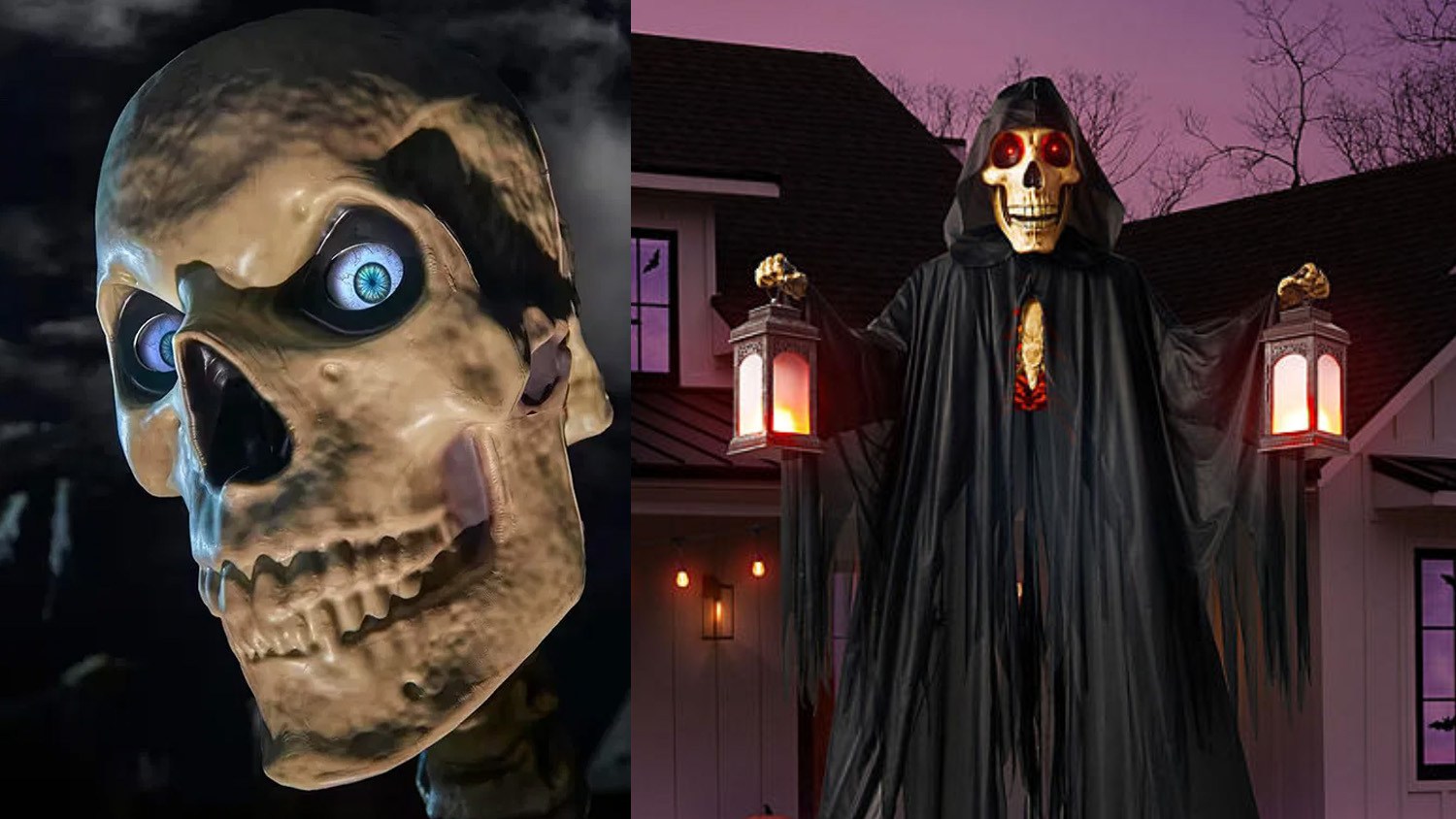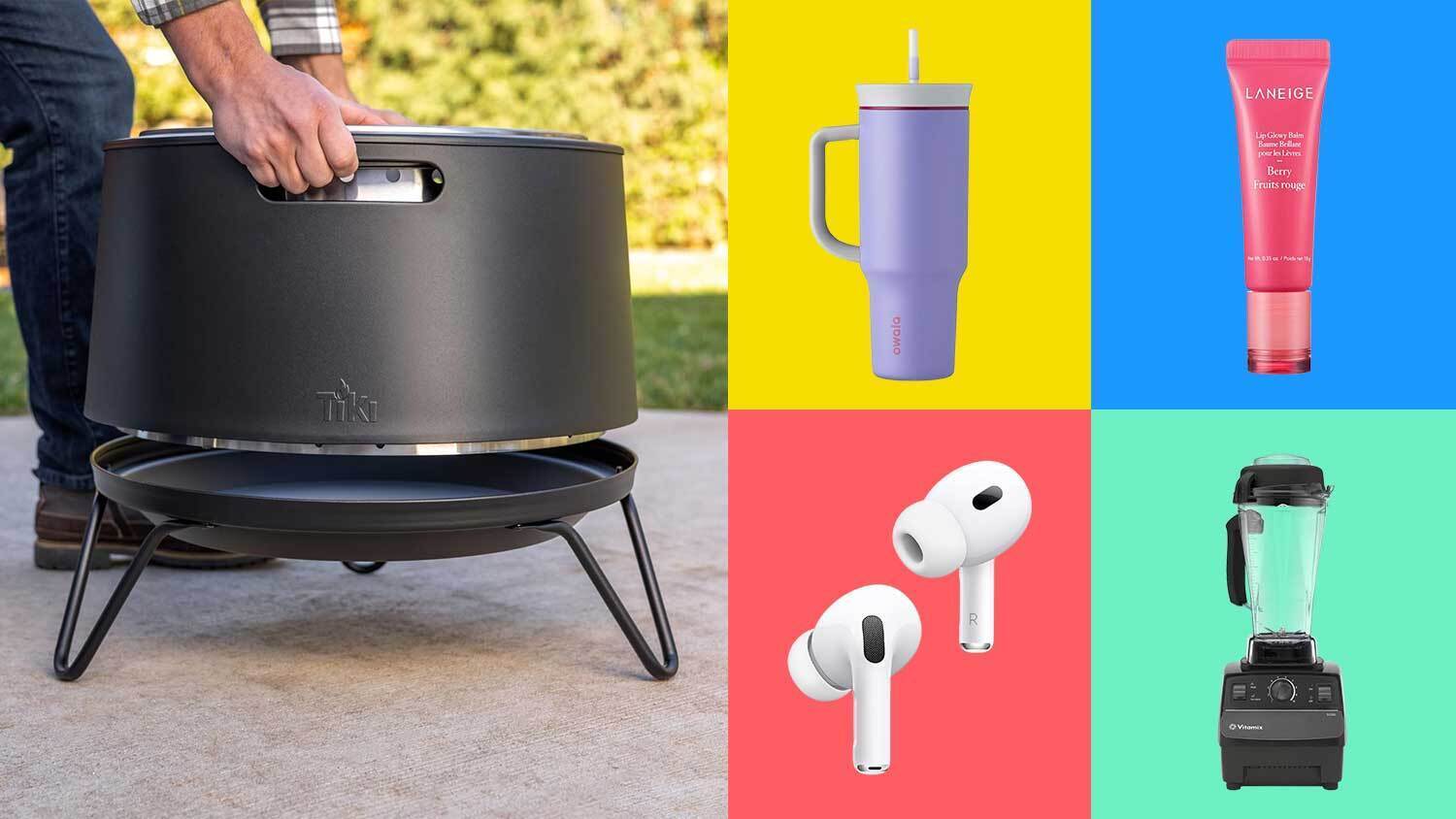With the number of reported daily COVID-19 infections steadily declining in California, the nation’s most-populous state now officially has the lowest coronavirus case rate in the U.S., the latest data from the Centers for Disease Control and Prevention shows.
As of Monday, California is the only state where community transmission is considered “substantial,” according to the CDC’s four-tiered system measuring infection rates. The other 49 states are at the tier’s highest level of “widespread.”
In the past seven days, the Golden State’s cases per 100,000 dropped to 95.3, federal figures show. The state’s seven-day positivity rate, meanwhile, is currently at 3%, according to the California Department of Public Health.
Comparatively, neighboring Arizona, Nevada and Oregon have transmission rates that are more than twice as high as the Golden State’s, with positivity rates at least three times higher, CDC figures show.
No state other than California has a case rate below 100.
On the other end of the spectrum, West Virginia has the highest level of community transmission, with a case rate of 715.8 per 100,000 and a testing positivity rate between 10 and 15%.
The seven-day average case rate for the U.S. is 250.7 per 100,000, with a seven-day positivity rate of roughly 8.2%.
In a news release Monday, California public health officials emphasized that COVID-19 cases are occurring primarily among the unvaccinated, with rates approximately eight times greater than those who have gotten the jab.
Between Aug. 29 and Sept. 4, unvaccinated Californians ages 16 and older had an average daily case rate of of 71.03 per 100,000, compared to 8.9 per 100,000 for vaccinated people in the same age group, according to the CDPH.
Nearly 83% of eligible residents — and more than 70% of Californians overall — have received at least one dose of the coronavirus shot, officials say.
The state’s COVID cases have been on a downward trend since a delta variant-fueled summer case surge peaked around mid-August. The spike began after California first fully reopened and lifted most coronavirus restrictions on June 15.
Since then, some parts of the state — including Los Angeles County — have reimplemented health measures, such as indoor masking requirements at public spaces for all, regardless of vaccination status.
And this week, a new statewide rule goes into effect requiring attendees of indoor gatherings with at least 1,000 people to provide proof of inoculation or a negative coronavirus test.
L.A. County also next month is going to begin instituting a mandate that requires showing proof of a COVID-19 vaccination or a negative coronavirus test result to enter certain indoor spaces and outdoor mega-events. Wary of future case surges, the hope is that such a mandate will increase inoculations, county health officials say.
The new rules will apply to indoor bars, nightclubs, wineries and breweries, as well as outdoor events where more than 10,000 people are in attendance.
Children under the age of 12 — a segment of the population that cannot yet get vaccinated — are exempt from the vaccine rules.











